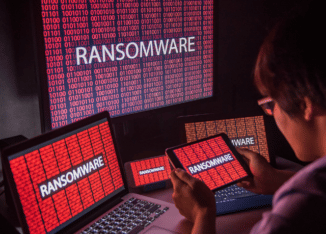
With recent high-profile security breach cases throwing large organisations in the spotlight, as well as the potential risks that threaten smaller businesses on a daily basis, cyber security remains as prevalent today as ever.
We’ve explored some of the most common security threats in 2024, identifying what organisations need to look out for, and what precautions they should take to prevent attacks.
-
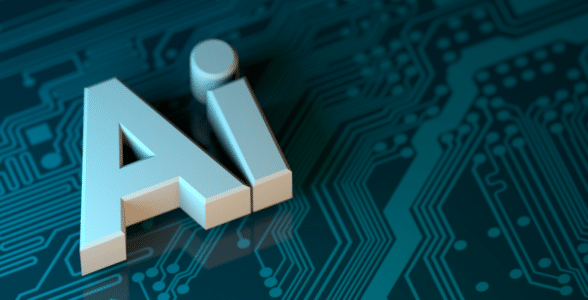
AI-Powered Cyber Attacks
As Artificial Intelligence (AI) continues to advance, cyber criminals are leveraging AI algorithms to automate and personalise their attacks. These AI-powered cyber attacks are becoming increasingly sophisticated, making them more challenging to detect and defend against. Organisations must invest in advanced threat detection systems and robust cyber security measures to mitigate the risks posed by AI-driven attacks.
-
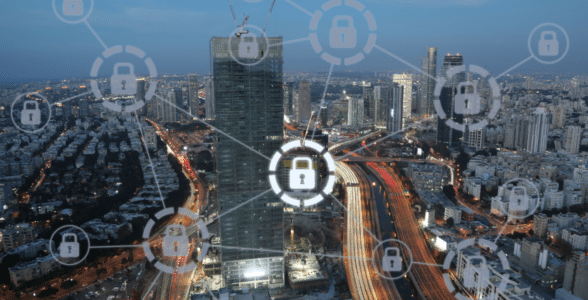
Warning signs to look out for:
- Unusual patterns in network traffic or system behaviour, indicating automated attacks
- A sudden influx of personalised phishing emails targeting specific individuals or departments
- Anomalous activity in user accounts or systems, suggesting AI-driven social engineering tactics
-
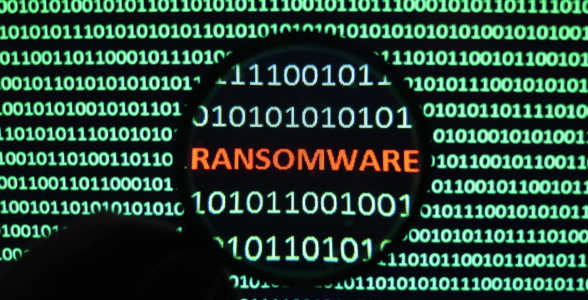
Ransomware Evolution
Ransomware attacks have undergone a significant evolution, becoming more targeted, destructive, and difficult to mitigate. Cyber criminals are employing advanced tactics to bypass traditional security measures, posing a serious threat to organisations’ data and operations.
Implementing robust backup and recovery strategies, along with proactive threat hunting and incident response protocols, is essential to defend against evolving ransomware threats.
-

Warning signs to look out for:
- Files or systems suddenly become inaccessible or encrypted without explanation
- Appearance of ransom notes or messages demanding payment for data decryption
- Unexplained changes to file extensions or filenames, indicating ransomware encryption
-
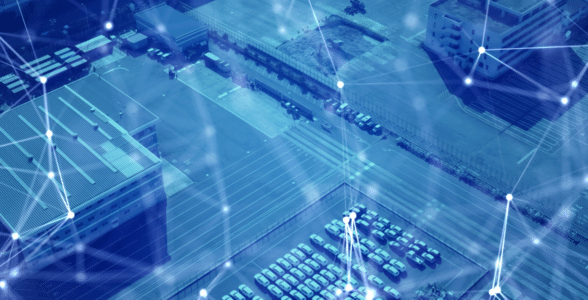
Supply Chain Attacks
Cyber criminals are increasingly targeting supply chains to gain access to sensitive data or systems. Supply chain attacks can have far-reaching consequences, impacting multiple organisations across various industries. Strengthening vendor risk management practices, implementing supply chain security controls, and conducting regular security assessments are critical steps to mitigate the risk of supply chain attacks.
-

Warning signs to look out for:
- Suspicious activity or unauthorised access detected in third-party vendor systems
- Unexplained changes or anomalies in software or firmware updates from supply chain partners
- Abnormalities in supply chain communications or transactions, indicating potential compromise
-
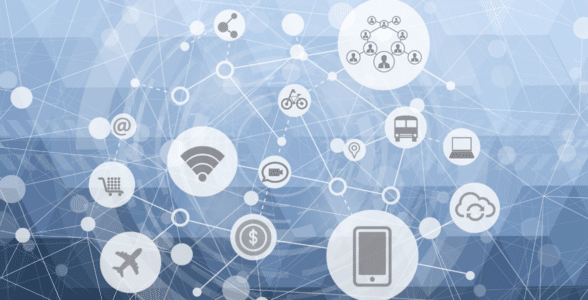
IoT Security Risks
The proliferation of Internet of Things (IoT) devices presents increased security challenges, with cyber criminals exploiting vulnerabilities in connected devices to launch attacks or gain unauthorised access to networks. Securing IoT devices and networks through robust authentication mechanisms, encryption protocols, and continuous monitoring is essential to prevent IoT-related cyber threats.
-

Warning signs to look out for:
- Unauthorised access or control of IoT devices by unknown entities
- Unexplained changes in IoT device behaviour or settings
- Unusual network traffic patterns originating from IoT devices
Trends to Mitigate Risk
Leveraging Generative AI Responsibly
Security leaders are encouraged to embrace Generative AI (GenAI) by collaborating proactively with business stakeholders. This collaboration is essential to harness its potential benefits while mitigating associated risks effectively.
Implementing strict ethical guidelines and safe usage practices can ensure the responsible deployment of GenAI technologies in cyber security operations. Despite short-term scepticism, recognising the long-term promise of GenAI can encourage controlled experimentation and manage expectations.
This approach minimises the risk of over-reliance or prompt fatigue, ensuring a balanced integration of GenAI into cyber security strategies.


Adopting Outcome-Driven Metrics for Effective Cyber Security Investment
Organisations can mitigate cyber security risks by adopting outcome-driven metrics (ODMs) to demonstrate the effectiveness of cybersecurity investments. These metrics provide a clear framework for assessing and communicating the impact of cyber security measures in delivering tangible protection levels.
Aligning cyber security investment strategies with agreed-upon protection levels fosters confidence among board members and executives. This reduces anxiety surrounding cyber security incidents and enhances support for cyber security initiatives.
ODMs enable clear communication of cyber security performance in simple, non-technical language, facilitating better understanding and alignment with organisational objectives.
Implementing Human-Centric Security Practices
Shifting focus from increasing awareness to fostering behavioural change is crucial for minimising cyber security risks associated with human factors. Organisations can adopt human-centric security design practices and implement security behaviour and culture programs (SBCPs) to achieve this goal.
By prioritising human-centric security, large enterprise CISOs can significantly reduce the likelihood of cyber security incidents associated with employee behaviour. Proactive adoption of human-centric security practices minimises cyber security-induced friction and maximises control adoption, enhancing overall cyber security resilience.
At DTP Group, our technical consultants can provide advice on how to build a robust strategy. To find out more, visit our consultancy page, or get in touch with us today.



